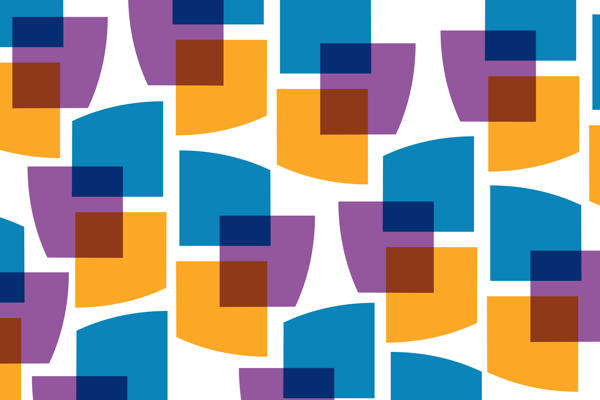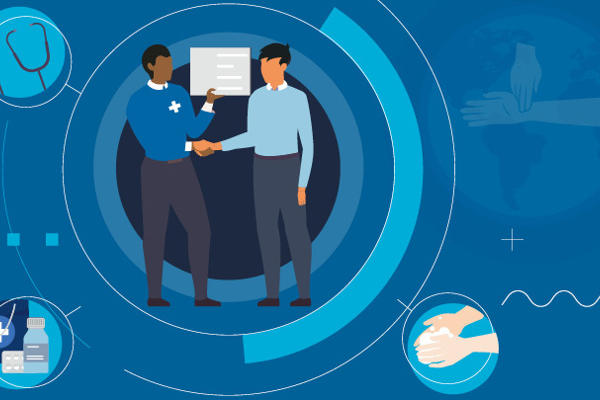To celebrate National Patient Participation Week, Alice Joy, member of the Patient and Carer Network at the Royal College of Physicians, writes about the importance of doctors and patients working together as a team.
Doctors are among the most trusted professionals in the UK. According to the Ipsos MORI veracity index 2020, 91% of those surveyed trusted doctors to tell the truth, in stark contrast to bankers, trusted by only 44%. This is perhaps not surprising, as doctors go through long and rigorous training before they can look after patients, and doctors and patients are part of a larger team that works together to bring about optimal outcomes.
Perhaps there is a problem with the word ‘patient’, which implies that the person so styled must endure suffering with fortitude, accept whatever is required of them, and obey orders regarding behaviours and medications.
At one time, patients were grateful for what was called ‘a good bedside manner’, meaning that the doctor was sympathetic and understanding. It would be nice to think that we have moved beyond that, and to know that patients and carers have become recognised as members of the team – equal in status and with their own audible voice. Without that, we can never hope to achieve optimal outcomes, because without that there can be no true mutual understanding.
We are moving towards increased use of artificial intelligence in medicine. As a patient, I find it hard to comprehend that I might ever trust a machine as much as I do a living, breathing, human doctor. I would trust a machine to analyse data (such as the composition of my blood), but I would like the warmth of a fellow human to help with the subtleties of my case. Why is my blood result abnormal? Is it because I drink too much alcohol? Is it caused by a genetic predisposition? What can we do about it, together?
In any case, what is needed is a diagnosis. There must be a diagnosis before there can be a cure, and both come ultimately from the patient. There may be little to be gained from telling a patient to stop drinking or smoking, or to take this or that medication, and rather more from working with them to find out why they drink or smoke – and then working with them to address the problem. What patients actually need and what the algorithm thinks they need may be quite different, which is why we will continue to need doctors.
Until, as a society, we properly integrate health and social care, a shared approach can be difficult for doctors, who have little or no control over what happens once their patient exits the premises. Lack of control is a major problem for patients, too, who often experience fear, pain and inability to influence what happens to them.
‘We are all in this together’ is a phrase we have heard frequently in the last 15 months, but it is no less true for that. Doctors and patients must reach out to one another to find mutual understanding and, of course, doctors are patients too. Together, our voices can be amplified to call for actions that enable us all to live better, rather than simply to live longer.
Would you like to share your experience of going into medicine? Get in touch on Twitter via @thisdoctorcan.




